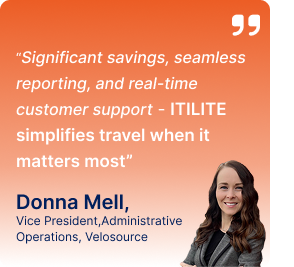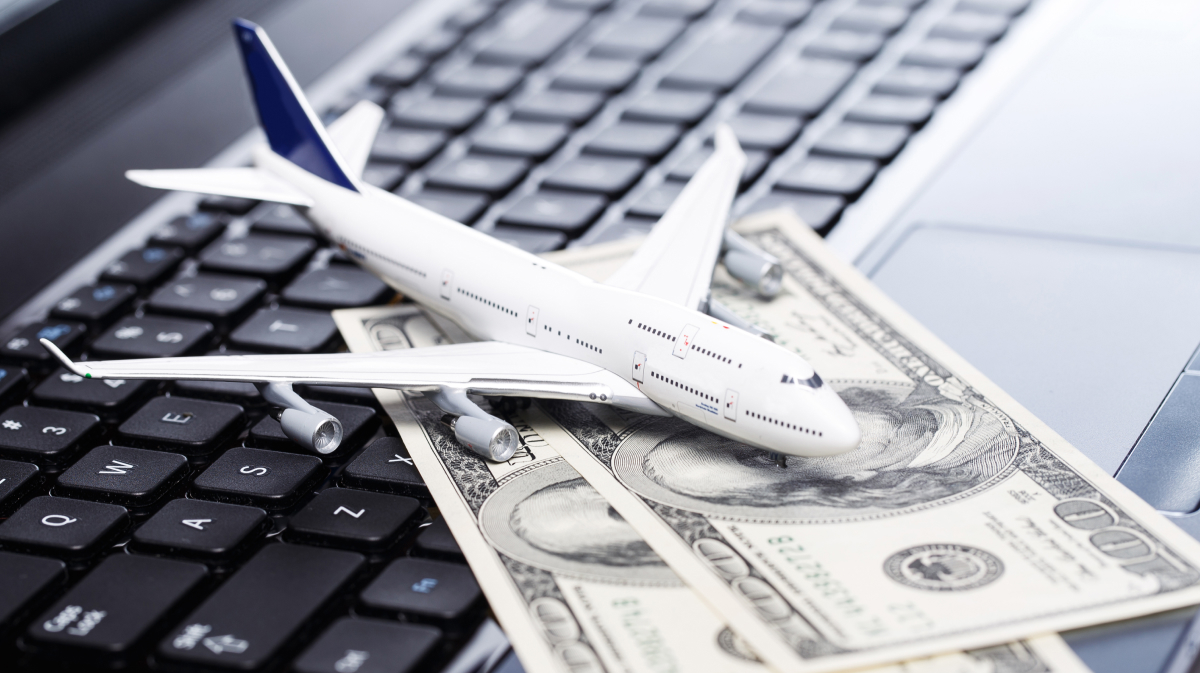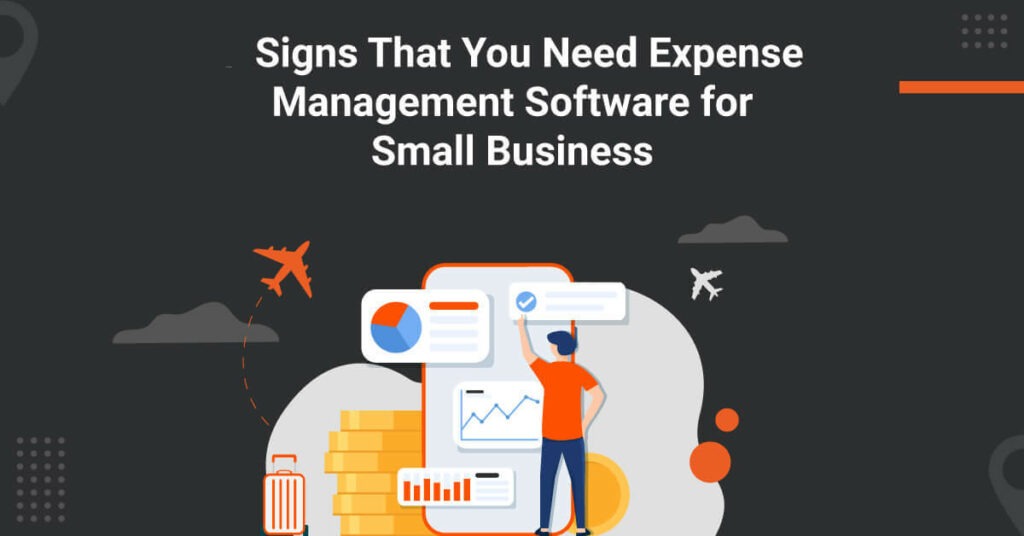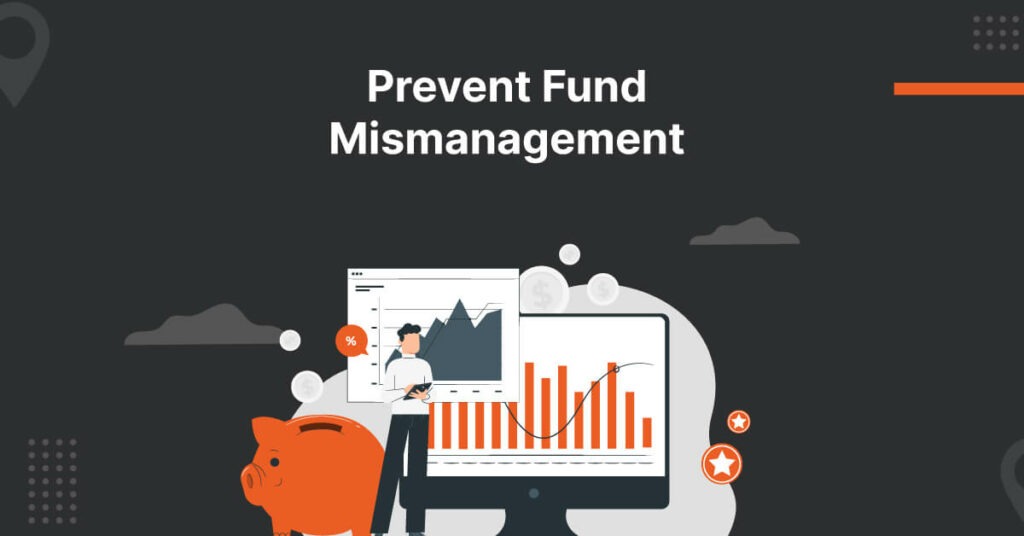
As your company grows, efficient expense tracking is essential for the success and sustainability of any organization. Businesses, from startups to large enterprises, deal with expenses daily. A business expense tracker must carefully and meticulously manage all these expenses.
If not handled correctly, they can spiral out of control. Properly working with and tracking these expenses is a matter of financial responsibility and a strategic advantage. This can lead to cost leakages and affect your organization’s bottom line. This is where Software as a Service (SaaS) solutions play a pivotal role in transforming expense tracking into a streamlined and efficient process.
Here is the role of SaaS in improving the business expense tracking process, how to keep track of business expenses, and the benefits of a business expense tracker.
The Evolution of Expense Tracking
Traditionally, businesses relied on manual methods and spreadsheets to track their expenses. These methods were often time-consuming and error-prone and needed more real-time visibility into financial data.
The advent of SaaS solutions revolutionized the way small business expense tracking manages their expenses. In contrast to conventional practices that demand the setup and upkeep of software on on-site servers, SaaS applications are housed in the cloud. This implies that organizations can reach these applications via a web browser, eliminating the necessity for intricate installations and IT infrastructure.
Understanding SaaS
Before getting started with the role of SaaS in improving business expense tracking, it’s essential to understand what SaaS is and how it operates.
SaaS, an abbreviation for Software as a Service, denotes a computing model in which software applications are distributed to users over the Internet. Rather than purchasing and installing software on individual computers or servers, people can utilize a business expense tracker with the software and its features via a subscription-based arrangement.
Main Features of SaaS-based solution:
- Accessibility: SaaS applications are accessible from any device with an internet connection, making them highly flexible and convenient.
- Subscription-based: Users typically pay a monthly or annual subscription fee for access to the software. This eliminates the need for upfront capital expenses and allows for predictable budgeting.
- Automatic Updates: SaaS solution providers take care of software updates and their maintenance, guaranteeing that users can consistently access the most recent features and security enhancements.
- Scalability: SaaS solutions can quickly scale to accommodate the needs of growing small business expense tracking systems, making them suitable for startups and large enterprises.
The Role of SaaS in Expense Tracking
After clearly understanding what SaaS is, let’s understand how it plays a crucial role in improving business expense tracking:
- Real-Time Data Access
One of the primary advantages of a SaaS-based business expense tracker is its ability to access real-time financial data. Traditional methods often involve manual data entry and reconciliation, leading to delays and inaccuracies. With SaaS, financial data is automatically updated as expenses are incurred, providing businesses with an up-to-date view of their financial health. This real-time access enables faster decision-making and better financial planning.
- Automation of Expense Capture
SaaS expense tracking applications often come with features that automate the capture of expenses. For instance, employees can simply take pictures of receipts using their smartphones, and the software can extract relevant information such as the date, amount, and vendor. This automation reduces the burden on employees and minimizes the risk of errors associated with manual data entry. This software enables even small businesses to track expenses efficiently.
- Streamlined Approval Workflows
Managing approvals for expense reports can be cumbersome, especially in large organizations. SaaS-based business expense tracker offers workflow automation, allowing businesses to define approval hierarchies and routing rules. This ensures that the appropriate approvers route expense reports, reducing delay and improving accountability.
- Integration with Financial Systems
SaaS-based business expense tracker can seamlessly integrate with a company’s financial systems, such as accounting software and ERP (Enterprise Resource Planning) systems. This integration streamlines the process of transferring expense data into the company’s financial records, eliminating the need for manual data entry and reconciliation.
- Mobile Accessibility
In today’s mobile-centric world, accessing expense-tracking applications on smartphones and tablets is crucial. SaaS expense tracking solutions are designed with mobile accessibility, allowing employees to submit expenses and managers to approve them. This convenience improves efficiency and encourages the timely submission of expense reports.
Suggested Read: SaaS Business Travel Solutions: The New Age of Digital Transformation
- Compliance and Policy Enforcement
Compliance with company expense policies and government regulations is vital. SaaS-based business expense trackers enforce expense policies by flagging violations and ensuring expenses stay within established limits. This reduces the risk of non-compliance and potential legal issues.
- Analytics and Reporting
SaaS-based business expense tracker often include robust analytics and reporting capabilities. Businesses can generate detailed reports on their expenses, such as spending trends, cost centers, and vendor analysis. These insights enable informed decision-making and strategic planning. This is especially very useful for small business expense tracking.
- Cost Reduction
Implementing a SaaS expense tracking solution can reduce costs in several ways. Firstly, it eliminates the need for paper-based expense reports and manual data entry, reducing administrative overhead. Secondly, by providing real-time visibility into expenses, businesses can identify cost-saving opportunities and adjust accordingly. Moreover, with SaaS solutions, you can learn how to keep track of business expenses.
- Security and Data Protection
SaaS providers invest heavily in security measures to protect their customers’ data. These include data encryption, regular security audits, and compliance with industry-specific regulations. Besides, storing sensitive financial data in the cloud can be more secure than relying on local servers.
- Scalability and Flexibility
As companies grow, their expense tracking needs to evolve. SaaS solutions are highly scalable, allowing businesses to add or remove users as required. This scalability ensures that expense-tracking software can grow within the organization.
Invest in the Best SaaS-Based Business Expense Tracker
As businesses evolve and adapt to changing market dynamics for small business expense tracking ways, embracing SaaS expense tracking solutions is a strategic move. It modernizes managing expenses and positions businesses to thrive in an increasingly digital and competitive landscape. The ability to efficiently track and manage expenses is a cornerstone of financial success, and SaaS solutions are at the forefront of how to keep track of business expenses in a smooth manner.
ITILITE is a cutting-edge software solution for corporate travel management, delivered as a SaaS (Software as a Service) platform. It empowers you to organize your corporate travel effortlessly, resulting in cost savings, enhanced scalability, personalized choices, data recovery capabilities, seamless integration with third-party services, and a range of other benefits. Moreover, we prioritize data security with a strong focus on certifications like Level 1 PCI DSS, SOC2, ISO 27001:2013, and more, ensuring your information is well-protected.
To know more about our features, try ITILITE for free now.












